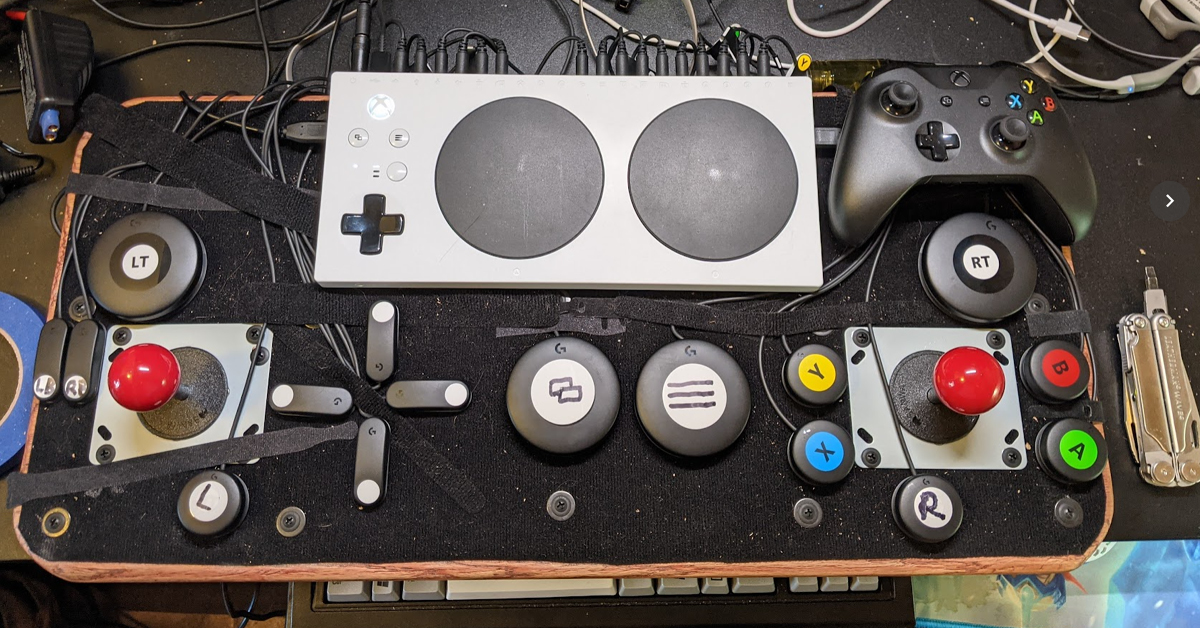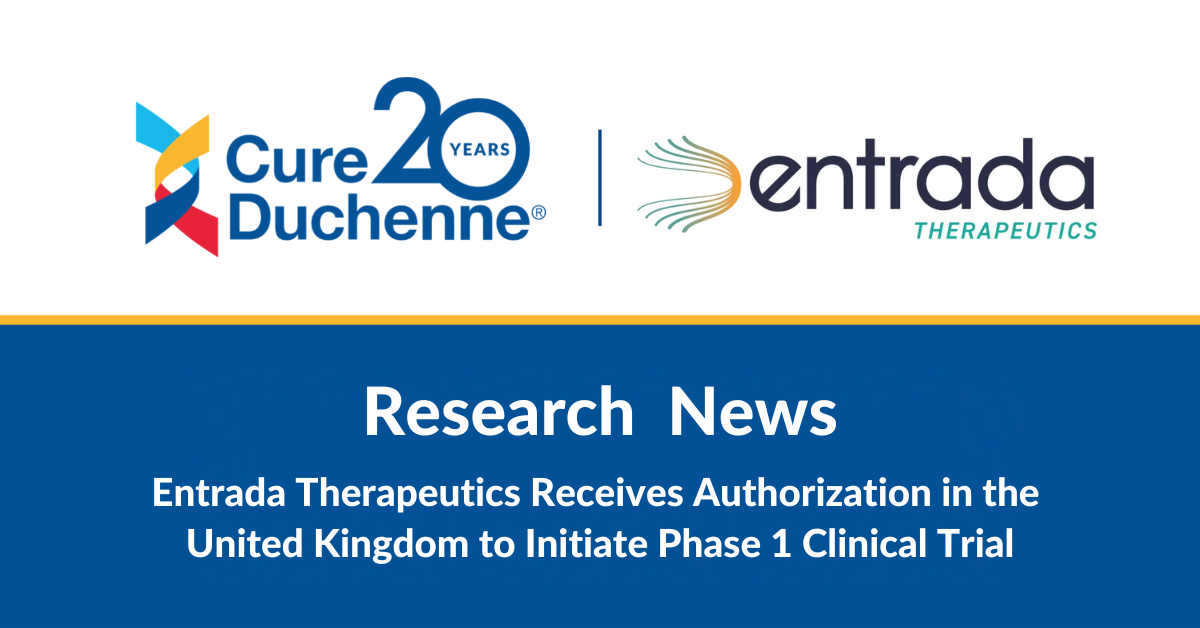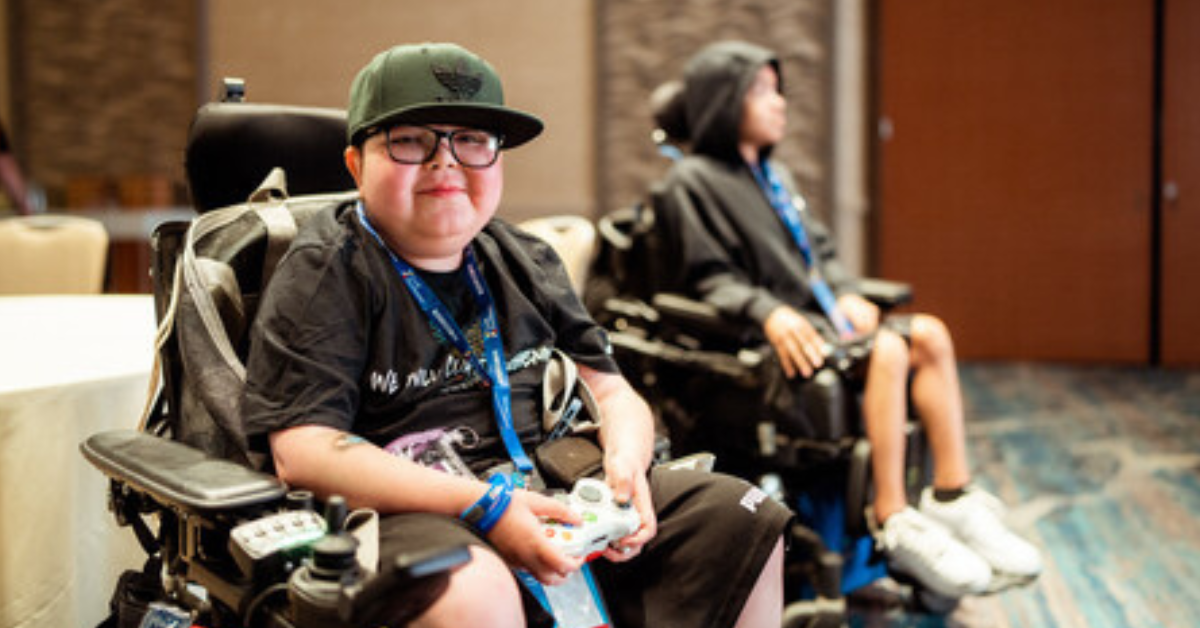CureDuchenne at World Muscle Society 2017
The 22nd International Annual Congress of the World Muscle Society took place in St Malo, between October 3 – 7, 2017. There were multiple breaking news stories on Duchenne muscular dystrophy research and development from academic groups and companies alike:
Sarepta Therapeutics presented several posters on latest developments and breaking news which included:
- The effects of long-term eteplirsen treatment on upper limb function in DMD patients in two Phase 2 clinical trials
- The effects of long-term treatment with Eteplirsen on cardiac function
- An update on their exon 53 skipping drug SRP-4053
Summit Therapeutics presented their DMD muscle biopsy biomarker validation data that is designed to assess utrophin modulator activity in their currently ongoing clinical trials: https://globenewswire.com/news-release/2017/10/04/1140560/0/en/Summit-Highlights-DMD-Biomarker-Validation-Data-at-22nd-WMS-Congress.html
The company had a total of 7 presentations over the 4-days of the symposium focused on their ongoing clinical trial and biomarker development. https://www.summitplc.com/programmes/wms-2017/ Their Phase 2 proof-of-concept clinical study of utrophin modulation with Ezutromid is now fully enrolled, and an interim analysis (24-week data) is expected in Q1-2018, with final data (48-week readout) expected in Q3-2018.
Capricor Therapeutics presented 6-month follow-up results from the randomized HOPE Trial of CAP-1002 in DMD in a late breaking news session. CAP-1002 is a cell-based approach that consists of immunomodulatory and anti-fibrotic allogeneic cardiosphere-derived cells, and was generally safe and well-tolerated. Following 6-months of treatment by CAP-1002, improvements were seen in skeletal muscle (performance of the upper limb test) and cardiac muscle (regional left ventricular function etc.) that paves the way for the next stage of clinical development.
Santhera Pharmaceuticals presented data from their Phase III DELOS trial on respiratory function decline in DMD. This was DELOS was a phase III, double-blind, placebo-controlled 52-week study which randomized 64 patients, not taking concomitant glucocorticoids, to receive either idebenone (900 mg/day) or matching placebo.
- Consistency of efficacy of idebenone in respiratory decline in DMD: Comparison of analysis methods
- Meta-analysis of two clinical trials with idebenone in patients with DMD: Impact on respiratory decline
- Impact of idebenone on pulmonary morbidity, including bronchopulmonary adverse events, in DMD
https://www.santhera.com/assets/files/press-releases/2017-10-03_PR_WMS_Data_e_final.pdf
Catabasis Pharmaceuticals reported new positive efficacy results showing sustained disease-modifying effects in the MoveDMD trial open-label extension following 24 and 36 weeks of treatment with edasalonexent. Across all key assessments of muscle function, improvements were observed in the rate of decline after 24 and 36 weeks of oral 100 mg/kg/day edasalonexent treatment compared to the rate of change in the control period for boys prior to receiving edasalonexent treatment. These data provide clinically meaningful evidence that edasalonexent substantially slowed the progression of Duchenne muscular dystrophy. They plan to initiate a Phase 3 clinical trial in the first half of 2018.
J. Bellec-Dyever et al., (Genethon, France) reported on their early development studies of a CRISPR-based gene therapy approach in iPS cells that targets the exon-45 to exon-55 mutation hotspot in the DMD gene. This “double-editing” approach, if successful, could ultimately be used to treat approximately 65% of all Duchenne patients because a significant proportion of the DMD causing mutations cluster within this 10-exon region of the gene.
This large deletion preserves the protein reading frame and allows for the production of a truncated and functional dystrophin protein. Importantly, this specific protein is associated with a milder form of Becker muscular dystrophy in patients.
The authors demonstrated proof-of-concept in vitro and are working to extend these studies into the mdx mouse model of DMD.
Lattanzi et al., (Genethon, France) disclosed the use of CRISPR/Cas9 to treat DMD patient’s cells that harbored a duplicated exon-2 on the DMD gene. Exonic duplications are thought to account for up to 10% to 15% of all mutations in DMD with duplication of exon-2 being the most frequent.
Removal of the duplicated exon was demonstrated in exon-2 duplicated patient-derived myogenic cells and the treatment restored natural full-length dystrophin expression in patients myotubes.
This proof-of-concept study in cells from DMD patients carrying exon duplications lays the foundations for further studies and opens up a novel therapeutic approach to the treatment of duplicated exons.
Wein et al., (Nationwide Children’s, Columbus) reported significant progress had been made on the neonatal delivery of an exon-2 directed AAV9. U7snRNA vector that restored the long-term dystrophin expression in the Dup2 mouse – a preclinical model that harbors a duplicated copy of exon 2. This work paves the way for an upcoming proof-of-principal clinical study in patients with a duplication of exon 2. This approach is also thought to benefit a larger group of patients (perhaps up to 6% of all DMD patients) that harbor 5’ mutations in exons 1 to 4 on the dystrophin gene.
Young et al., (Center for DMD at UCLA) reported on the creation of a new humanized dystrophic mouse model of DMD that lacks exon 45. This new mouse model is particularly applicable to many exon skipping and CRISPR/Cas9 mediated drug development strategies and could be a very useful addition to the standard mdx mouse model.




